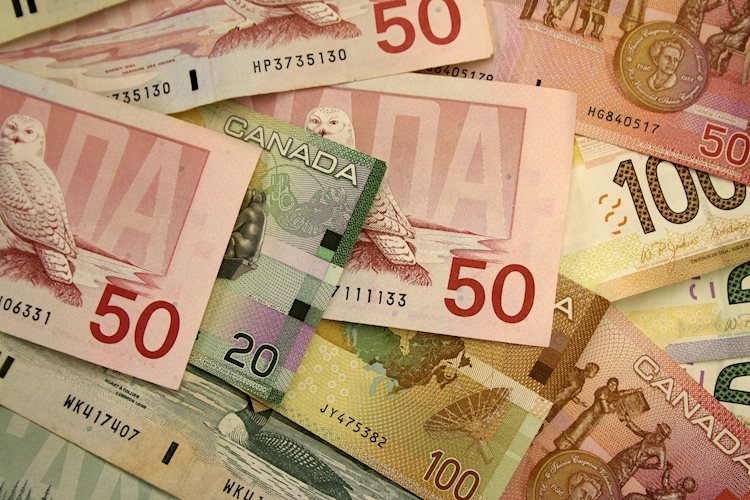The USD/CAD pair saw an increase on Thursday as the United States Personal Consumption Expenditures (PCE) Price Index from September and weekly US Jobless Claims both came in better than expected. This uptick saw the Canadian Dollar weaken following the Bank of Canada’s recent decision to aggressively cut interest rates by 50 basis points. With flat economic growth in Canada and anticipation of further rate cuts by the BoC in December, the CAD remains under pressure. This dovish sentiment has been further fueled by soft GDP data released recently.
The flat economic performance in Canada has been a key factor driving the weakness in the Canadian Dollar. With GDP remaining stagnant in August and growing only by 0.1% in July, the market expects the BoC to further lower interest rates in December. On the other hand, the US economy saw steady growth in the US PCE, which increased by 2.1% yearly, slightly down from September’s 2.2%. Core inflation in the US remained at 2.7%, above market consensus expectations of 2.6%. Additionally, the US Jobless Claims unexpectedly fell to 216K for the week ending October 25, indicating a strong labor market.
Moving forward, economists estimate a job creation figure of 113K in the upcoming October Nonfarm Payrolls report, lower than the previous month’s 254K. The Unemployment Rate is projected to remain steady at 4.1%. The technical outlook for the USD/CAD pair suggests that the pair is currently trading sideways with a bullish bias. The RSI is indicating an overbought market, with strong buying pressure, while the MACD is flat, suggesting a possible consolidation period in the near future.
Factors that drive the value of the Canadian Dollar include the level of interest rates set by the BoC, the price of oil, Canada’s largest export, the health of its economy, inflation, and the Trade Balance. The BoC plays a significant role in influencing the CAD through interest rate decisions and monetary policy. Higher interest rates are generally positive for the CAD. The price of oil also has a direct impact on the CAD, as it is Canada’s biggest export. Higher oil prices tend to boost the CAD value, while lower prices have the opposite effect.
Inflation, contrary to traditional beliefs, can actually have a positive impact on the CAD in modern times. Higher inflation rates may lead central banks to raise interest rates, attracting more capital inflows from global investors and increasing demand for the CAD. Macroeconomic data releases such as GDP, employment figures, and consumer sentiment surveys also play a role in influencing the direction of the CAD. A strong economy is beneficial for the Canadian Dollar, attracting foreign investment and potentially leading to higher interest rates, strengthening the currency. On the other hand, weak economic data can lead to a decline in the CAD.











